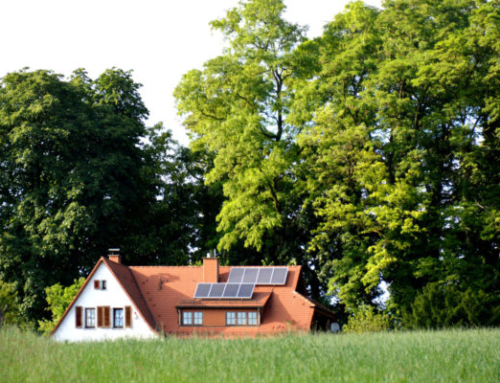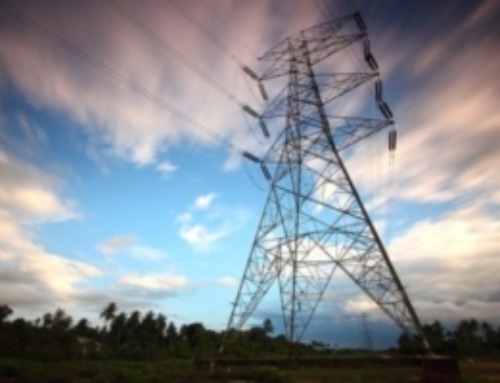Brief History of Solar Panels

Before we answer “how do solar panels work?”, let’s get to figure out where the idea of solar panels originated from. Solar panels have been a known phenomenon for a while. Edmond Becquerel, a French Scientist discovered that when some materials were struck with sunlight and produced sparks of electricity.
This was just the start of a beautiful discovery. But, it was not until the 1950’s that PV (photovoltaic) cells were produced using silicon, unlike the previous cells which were made of selenium. The cells were discovered to convert four percent of the sunlight energy into electricity.
To answer the query “how do solar panels work?” you have to understand that it requires PV cells. A PV cell comprises two layers of semiconductor materials made of silicon crystals. Crystallized silicon is not a good conductor of electricity, but once you add impurities, it is able to create an electric current.
The bottom layer of a PV cell is doped with boron. Boron and silicon bond to create a positive charge (P), while phosphorous which is on the top layer, bonds with silicon to create a negative charge (N).
An electric circuit made of thin wires that run along the N layer is located at the center of both layers where it provides a path for the electrons to travel from the P layer to the N layer.
A single square cell will produce a few watts of electricity, but when grouped as panels or modules, they will generate a lot of power.
Three Types of Solar Cell

If you have ever wondered “how do solar panels work?”, there are a couple of pointers you need to know. First is the various kinds of solar cells that are available in the market.
Thin film cells – to build these cells, a spray or deposits of thin films of materials made of cadmium-telluride, or amorphous silicon is laid onto metal or glass surfaces. This process makes a whole panel at a time instead of a single cell. The downside of this process is that low efficiency is common with these type of cells.
Single-crystal cells – these are long cylinders that have been sliced into thin wafers. The end result is high-efficiency cells which require a lot of materials to produce.
The efficiency of these cells is approximately 23% in various laboratory tests. Single-crystal cells account for half of the global PV market.
Polycrystalline cells – these cells are made in three steps. Silicon casts are melted into ingots, and the ingots are then sliced into squares. The materials make the cells less efficient. In the global PV market, these cells account for half of them.
These cells are the answers to your “how do solar panels work?” question. They gather, store and are able to help convert solar energy into electricity.
Now that we know the mechanical part of solar panels, the next inquiry is how do solar panels work in our electricity system?
How Do Solar Panels Work?
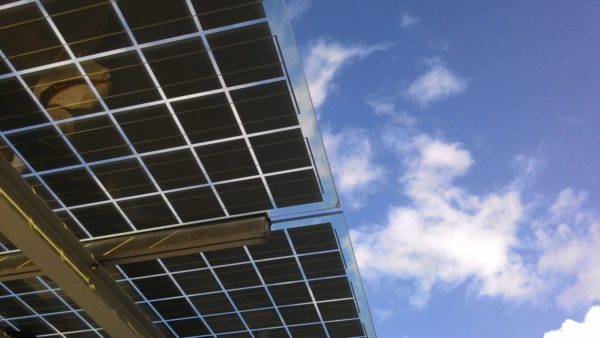
In previous years, PV cells were used in small scales, such as lighting homes in the rural areas, for road signs, water pumps, and cell phone towers. But over the years, in the US and around the world, there has been a significant increase in solar power.
Solar power has transformed from being used in road signs to being fed into the electricity grid. Now that provided answers to the question “how to solar panels work?”, PV applications that have been connected to the grid are more than 99 percent of the global solar market.
How Do Solar Panels Work in the Electricity Grid?
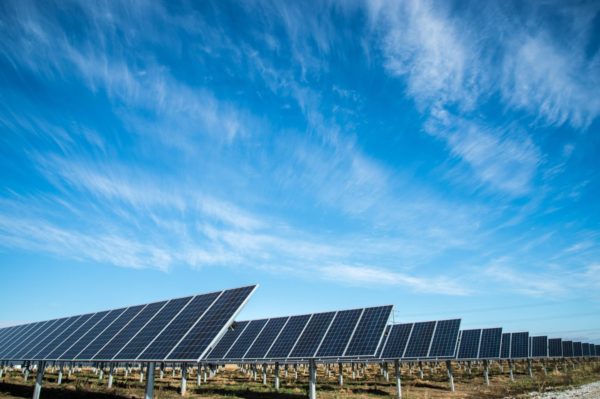
Several benefits arise from adopting solar power into the electricity system for home and business owners. Solar panels placed on rooftops provide electricity for on-site needs and the grid offering additional electricity when needed.
Benefits of Rooftop Solar Systems
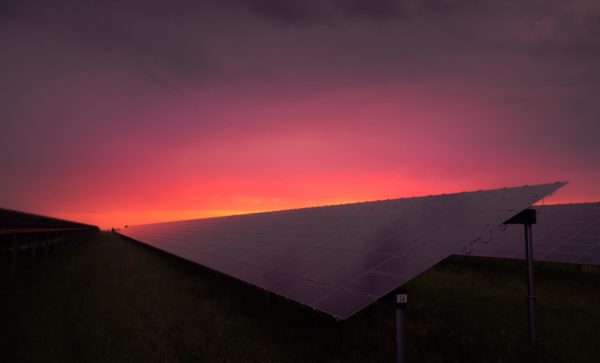
It provides electricity to the grid only when necessary. An example is during summer, hot sunny afternoons account for an increase in electricity use. It is the perfect opportunity to use solar power as it is at its strongest performance. The solar power then helps to reduce the stress that power plants face during peak demand.
Rooftop solar helps to reduce the strain in distribution and transmission equipment. Businesses and homes will first rely on their solar panels instead of the grid. There are two benefits here: transportation of electricity over long distances is reduced, and expensive upgrades are put-off due to the on-site power supply.
Besides the rooftop solar systems, there are large-scale solar systems which feed directly to a high-voltage electricity grid. They are quite similar to centralized power plants that the US uses.
Similarly to rooftop solar systems, large-scale solar systems can operate at peak periods.
The modular nature of the PV technology makes them more resilient to extreme weather conditions, unlike traditional plants. Coal, nuclear or natural gas plants are prone to failures when a section of the plant is damaged. But with solar plants, even if a few modules don’t work, the system will continue to function.
Large-scale solar systems depend on transmission lines to transport the electricity, and when damaged during extreme weather, they will be up and running immediately after.
Recommendations and Challenges of High Levels of Solar Power

Like everything other product, there are pros and cons, and the same applies to PV usage. The disadvantages can be managed and changed as long as there are upgrades and updates to help increase the usage of solar power. Once you know the answers to “how do solar panels work?” then you need to know some challenges that come with using them.
Challenges

Power is flowing from and not to customers; this is the nature of rooftop solar systems. For some people who have solar panels, it can reach a point during the day where the currents produced are more than is used in a typical day’s energy consumption.
For large-scale PV systems, the challenge is location. Most of them are far off from the urban center, and this makes transmission lines to transport and distribute electricity to its customers. This will require investing in lines to transport the electricity, but also there will be “line losses” as some of the energy is lost. This would not truly be the case for our New York residents, but it can be applied to other areas of the world.
The general challenge is that no switch controls exist for such systems, unlike traditional power plants. PV systems generate electricity depending on the sun’s availability; when it is cloudy, it will be lower than it would be on a clear day. This is why being able to store excess energy is so valuable these days.
Recommendations

Solving these challenges isn’t difficult. Fixing transmission and feeder problems is on the economic front instead of technical. The variability challenges are predictable, and grid operators can handle them in several ways.
Forecasting tools that provide accurate predictions will prepare operators beforehand on when the solar generation will decline.
To deal with local cloud cover, installing solar panels over a wide geographic area will reduce the effect of solar generation due to cloud cover.
Sharing resources with neighboring regions as well as collaborating with each other will expand electricity import or export capabilities.
Storing any excess energy to be used later will benefit homes during the cloudy and rainy days.
It is important to encourage customers to utilize electricity only when it is easily available; this will shift electricity demand.
Getting to understand “how do solar panels work?” and know how solar panels will increase the electricity system in the country is an excellent way of using what nature has provided to us for free.

